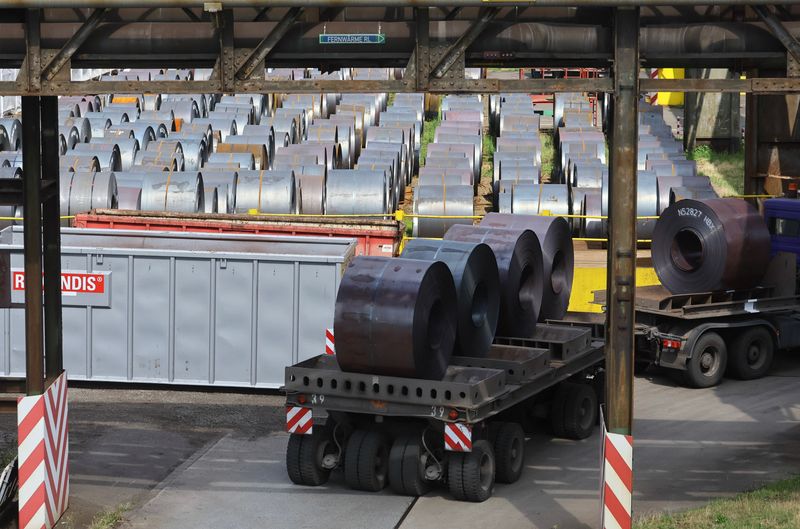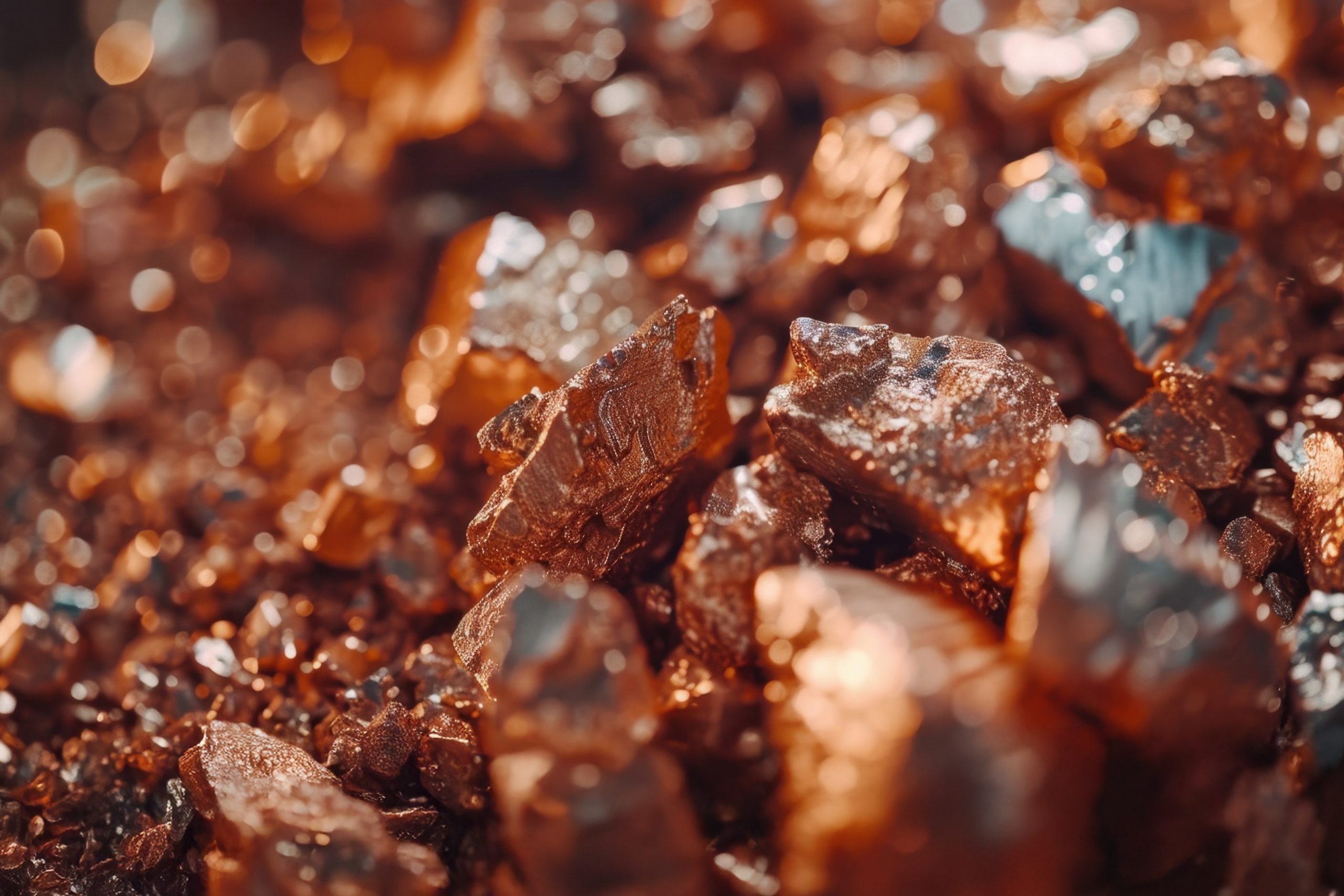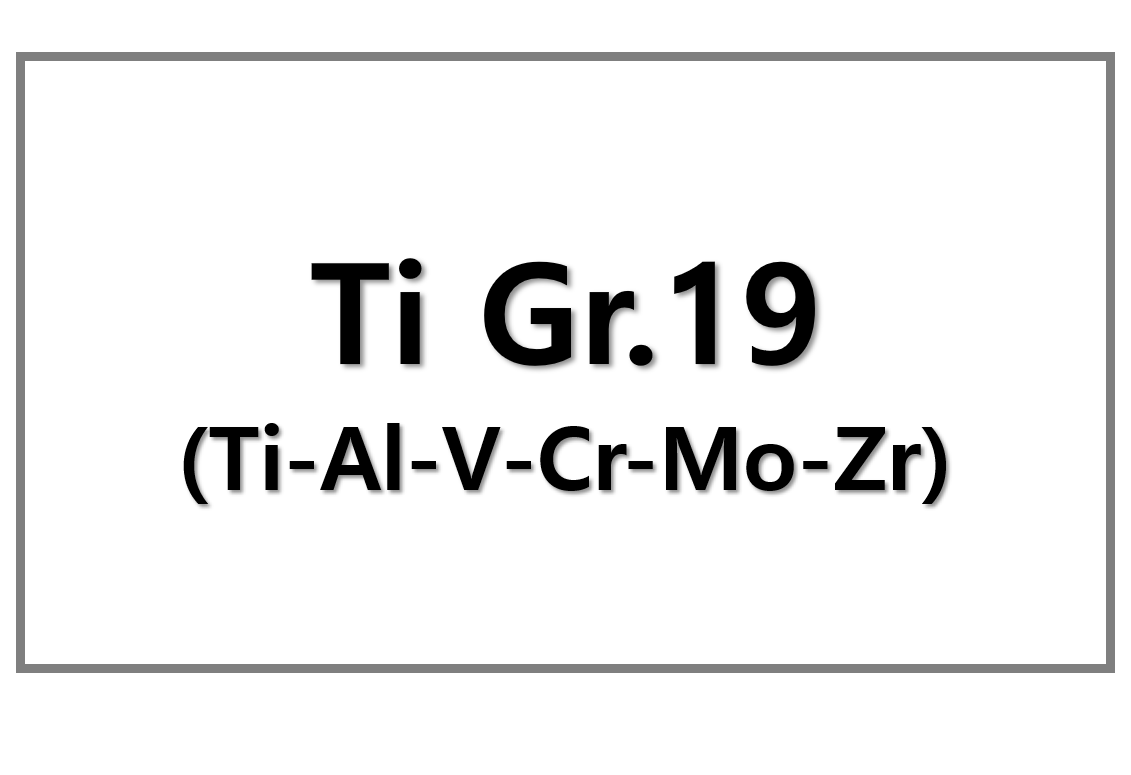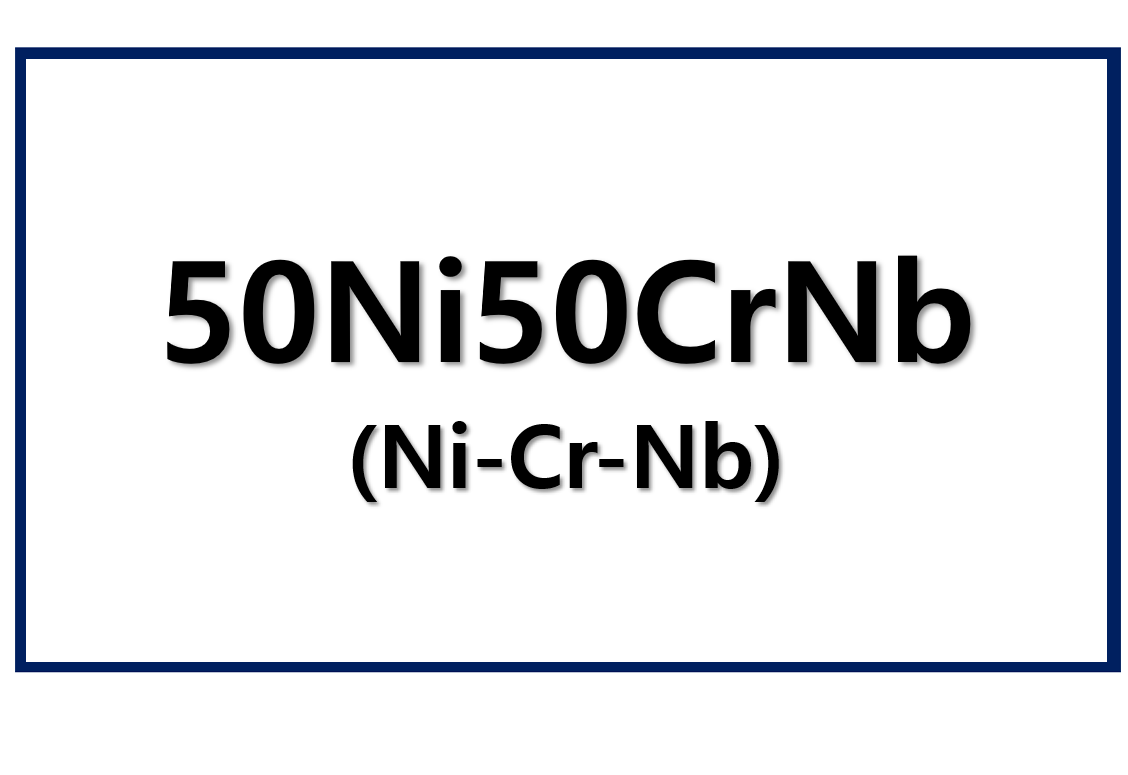
Ukraine is urging the EU to extend autonomous trade preferences through 2025 to protect its steel exports and economic recovery.
Trade Preferences Are Crucial to Ukraine’s Economy
Ukraine seeks to extend the EU’s autonomous trade preferences until at least the end of 2025. These trade benefits provide Ukrainian businesses with tariff-free access to European markets. The current preferences expire on June 5, 2025.
The government has also requested amendments to Article 29 of the EU-Ukraine Association Agreement. These changes would enhance trade conditions under the Deep and Comprehensive Free Trade Area (DCFTA). Ukraine views this as essential for long-term growth and stability.
Ukraine’s Steel Sector Faces Rising Risks
The EU is the top destination for Ukrainian steel, accounting for 64% of exports in 2024. If the EU reinstates tariffs or quotas, Ukraine’s steelmakers may lose access to this vital market.
According to GMK Center’s Chief Analyst Andriy Tarasenko, up to 2 million tons of Ukrainian finished steel could be affected. He warns that Ukraine cannot compete on price in distant markets. Losing EU access would likely reduce export volumes.
Although the European Commission supports extending Ukraine’s exemption from steel quotas, the European Parliament has not yet made a final decision. Without a clear resolution, Ukrainian exports of long products and billets may be at risk as early as 2026.
Transport Agreements and Economic Integration
Ukraine also seeks to prolong the “transport visa-free regime” with the EU until the end of 2025. This deal helps Ukrainian road freight operators move goods across Europe with fewer restrictions.
In May 2024, the EU Council approved a one-year extension of Ukraine’s trade preferences. Both parties have agreed in principle to integrate duty-free trade into the Association Agreement. This would secure long-term trade access for Ukrainian exporters.
Metals Industry Strengthens Ukraine’s Economy
Ukraine’s mining and metals sector contributed 7.2% to GDP in 2024, up from 5.7% in 2023. The steel industry is deeply integrated into EU supply chains and remains a key source of export income.
The sector also supports jobs, investment, and national reconstruction. As a result, Ukraine views favorable trade terms with the EU as a strategic priority.
Conclusion
Ukraine’s effort to maintain duty-free access to the EU reflects the high stakes for its steel sector. Extending trade preferences would support economic recovery, preserve export markets, and align Ukraine more closely with European trade systems. At SuperMetalPrice, we will continue monitoring how these changes affect regional steel trade and pricing trends.











Leave a Reply
You must be logged in to post a comment.